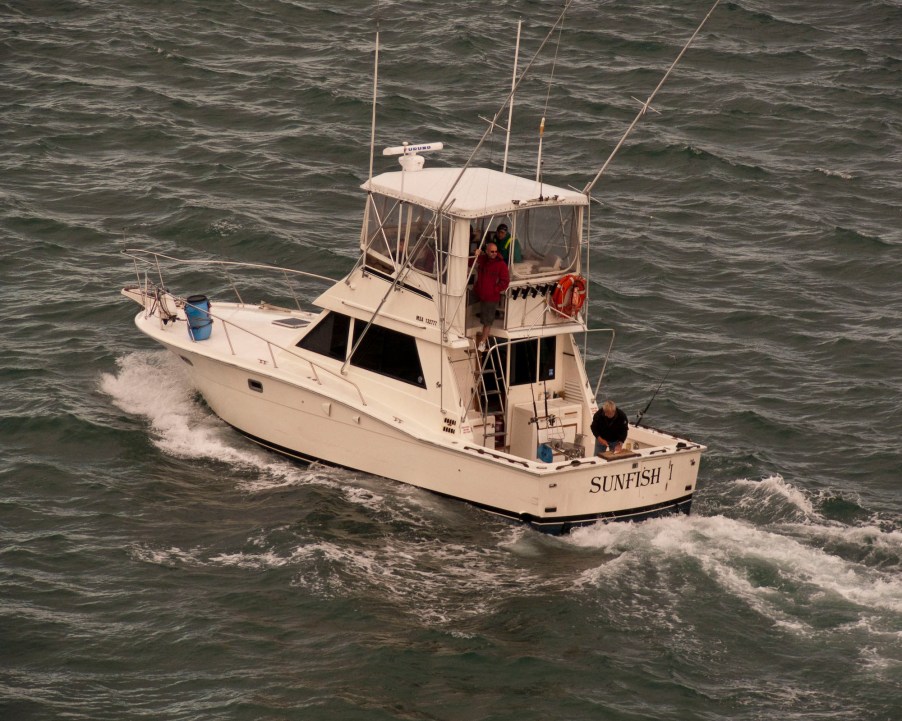
Seakeeper Is Revolutionizing Boating, but It Will Cost You
Seakeeper prevents you from getting seasick from boat roll when you’re out on the open water. The product uses a gyroscope to keep the boat from swaying. Gyroscopes use the Earth’s gravitational pull to keep your vessel oriented on the water. And that makes for a more enjoyable boating experience.
How the Seakeeper allays the sway
People have used gyroscopes since the 1850s, according to Britannica. So the basic technology orienting the gyroscope to the Earth’s rotation has been around a while. According to Seakeeper, the product works by using a steel flywheel that spins inside a vacuum-enclosed sphere up to 9,750 revolutions per minute. If your boat rolls, Seakeeper detects the tilt fore and aft. The device counteracts any boat roll by producing torque port and starboard to keep the boat stable.
The Seakeeper’s efficient features
Three basic features set the Seakeeper apart from similar stabilizers. First, the gyro operates in an encapsulated vacuum so that all its parts are protected from the elements. It will work fine outside of the vacuum, but you have to account for air friction working against the gyroscope.
Second is the smart tech that performs in all sea conditions and boat speeds. It uses a hydraulic braking system and active control to react to the changing waves that can rock your boat.
Third, the proprietary closed-loop cooling system removes the heat that the gyroscope inevitably makes by spinning so fast. The cooling system dissipates the heat by carrying it through a combination of glycol and seawater. You can’t cool the Seakeeper by air because it’s vacuum-encapsulated. But it doesn’t have to be well-ventilated thanks to the proprietary cooling system. You can even use the device in saltwater as long as you spray it off after you’re finished boating.
The company’s history
According to Seakeeper‘s website, Shep McKenney and John Adams founded the company in a small Maryland garage in 2002. They installed the first prototype in 2006 and began to market the first iteration in 2008. By 2013, they shipped their 1,000 Seakeeper. The following year, the small company added a redesign and expanded its product line to five models.
In 2018, Madison Industries acquired Seakeeper, and the company grew. Today’s Seakeeper design is more streamlined than previous versions.
Seakeepers aren’t cheap
The Seakeeper eliminates 95 percent of boat roll on vessels 23 feet-plus. Seakeeper is lightweight and installs easily. It’s quiet and doesn’t use much power even though you never turn it off.
The devices are available for recreational and commercial boats. But they aren’t cheap. The company produces many models. You’ll spend at least $14,000 for a Seakeeper for smaller boats and up to nearly $250,000 for vessels measuring 85 feet or longer.
Whether you already have a boat or are in the market for one, you can use a Seakeeper on it. More boat manufacturers are installing it right from the boat’s design phase. And the Seakeeper can be refit in any space on your existing boat.
Adding a Seakeeper to your vessel ups its resale value as well. The device’s standard two-year warranty is also available as an extended warranty. Note that the best extended warranty covers five years and 6,000 hours. But it’ll cost you nearly $11,000. Combine that with the initial cost for a Seakeeper plus installation, and you’ll pay the equivalent of a mortgage on a house.


